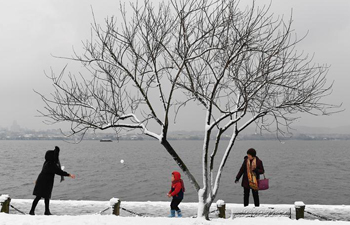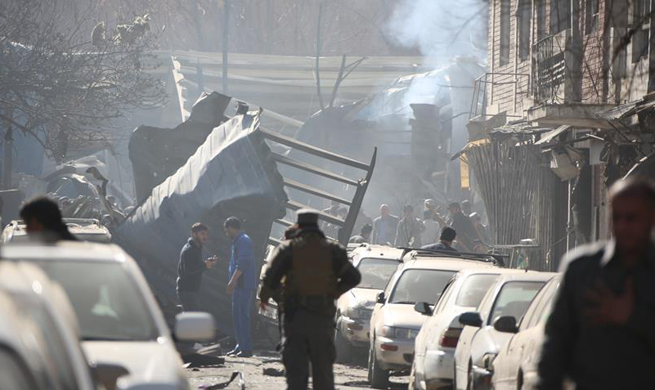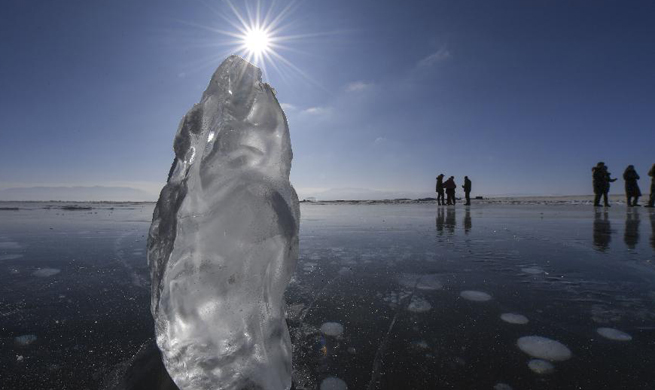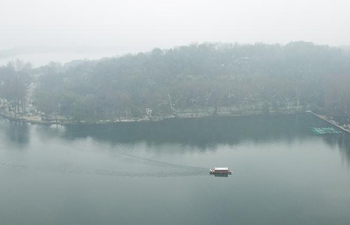MANILA, Jan. 27 (Xinhua) -- Philippine authorities warned on Saturday of the risks of volcanic mudflow from the slopes of Mayon volcano.
The Philippine Institute of Volcanology and Seismology (Phivolcs) said in a statement that heavy rains over the Albay province have increased the dangers of lahars flows or major channels draining the volcano's edifice that have been deposited with thick pyroclastic density current (PDC) material and ash fall.
Mayon volcano, located in Albay province approximately 330 km southeast of Manila on the island of Luzon, has been spewing volcanic ashes with increasing intensity since Jan. 13.
The institute said the total volume of PDC, which has been deposited on watershed areas, is already "approximately nine million cubic meters."
"These deposits can be remobilized by rainwater and generate lahar (flows)," the institute said, warning the powerful lahar, which contains a large number of volcanic rocks, ash, mud, and debris, can drown or bury people as they flow from the volcano to the villages below.
Lahar flow is a type of mudflow or debris flow composed of a slurry of pyroclastic material, rocky debris, and water that flows from a volcano's river valley.
Phivolcs warned of "potential lahar and sediment-laden streamflows" on all river channels draining from the slopes of Mayon.
It advised the residents near the rivers to be additionally vigilant and to move to high ground when heavy rains occur.
Fears of an imminent hazardous eruption have increased, prompting authorities to widen the danger zone around the Philippines' most active volcano.
Some 80,000 residents have been forced to flee their homes as a result. The displaced residents are now living in cramped classrooms and temporary shelters set up by the government.
The institute placed the volcano and its surrounding 9-km radius under alert level 4, meaning that a potential "hazardous eruption is imminent."
Mayon volcano, which has an elevation of 2.46 kilometers and a base diameter of 20 kilometers, last erupted in 2014.
In the 1814 eruption, more than 1,200 people were killed and three towns were buried under mud and rock.

















